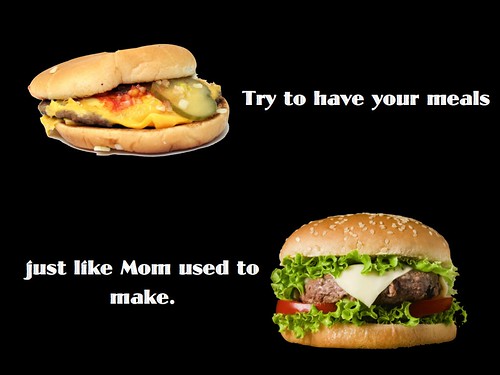Jesus makes Cow Tongue.
Ingredients
Bay Leaf (Approx. 3 leaves)
Water
Cow Tongue (1 tongue cut up into 3-4 pieces)
Whole Pepper (1 or 2 balls)
1/2 an Onion
1 Garic clove
Salt (3 spoonfuls*)
Dried Cloves (3-4 cloves)
Materials
1 Saucepan or Pot
*A spoon you eat cereal with.
Step 1.
Put water in a large sauce pan or pot, filling it half way. Add Salt, Dried Cloves, Bay leaves, and Whole Pepper.
Step 2.
Cut and peel an onion in half and peel the garlic. Add half of an onion and a whole garlic into the water.
Step 3.
Add the pieces of the tongue into the saucepan or pot with the rest of the ingredients.
Step 4.
Let the water boil, occasionally add water in case if some evaporates. Stir occasionally. Wait 3 hours.
Step 5.
Remove tongue and carefully remove the surface skin on the tongue. Slice and serve as liked.
Analysis
Cow tongue is not only a Mexican dish, but is also prepared in different parts of the world like Asia and some countries in Europe and South America. While the tongue is probably processed in with the rest of a cow in a slaughterhouse, the kind my family buys from a Mexican grocery store doesn't have a label. We would have to ask the delivery man that brings them their meat. The rest of the ingredients are seasonings and condiments. Most of them are MCcormick brand condiments, while other things like the onion, garlic, and bay leaves are probably grown in a farm with chemical pesticides. We don't buy local.
Other than that, the tongue itself has a high in saturated fats and cholesterol, but low in sodium, sugars, and high in vitamin B12. This is the tongue itself, prepared. It might be served plain like this, but you can definitely change it up by adding your own ingredients. Depending on how much tongue you buy, this can be a rather cheap meal. You're looking at maybe less than $15 if you plan to make some for yourself (there might even be leftovers).
This money goes towards the farmers of the various ingredients like pepper, onions, garlic, and bay leaf. Salt is either mined or dug up from various places in the world, so some of the money goes to salt distributors, and of course, you just gave money to the beef industry. Congratulations on contributing to one of the, if not, the biggest meat industry in the country.
While the dish was probably made from my grandmother, it's very likely that she got her ingredients from local farmers. While previously visiting my grandparents a few years ago, I got to experience a market that is a hybrid of both commercial and farmer developed products. Back in her day, it's likely that there were more farmers and as food became more of a business practice, more commercial stores began to show up.
Just like the classic carnival games, the food industry is rigged in one way or another. Lately, corporations and investors have been practicing different methods of creating "cash cows" (ha ha, pun!) from different aspects of human life. Food is one of the biggest industry, and if you ask your Grandma or Grandpa, things were different then! Food used to be traditional and farmers were farmers, not scientists. Now it's a business.
The way the rest of the consumers and I can change this, is by investing more in locally grown food. Sure not everyone is going to go out of their way to do this, but at least research what you eat. Information is key here. Knowing what you eat, and not just accepting it for what it is makes you a healthy eater. That is how this whole system can change.


Comments
No comments have been posted yet.
Log in to post a comment.